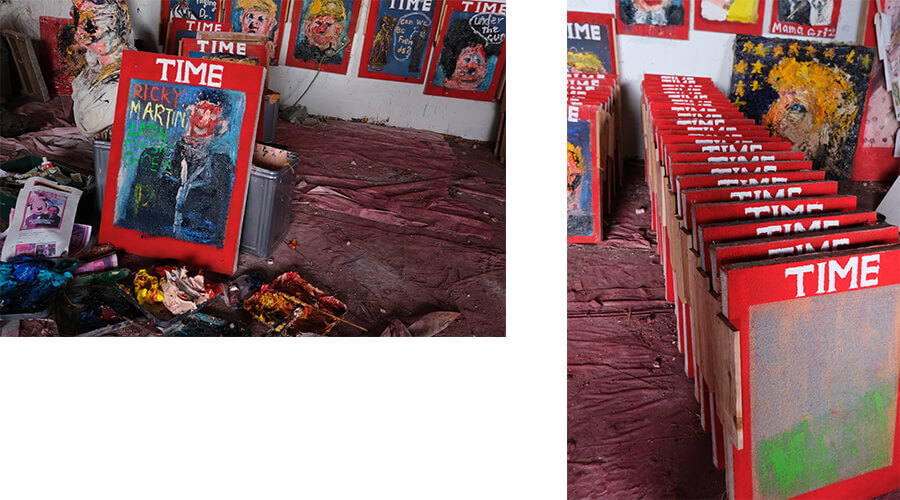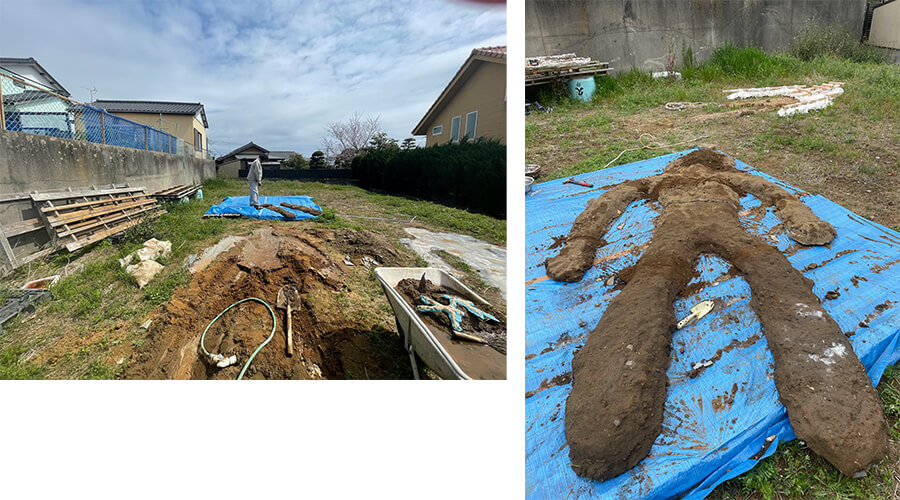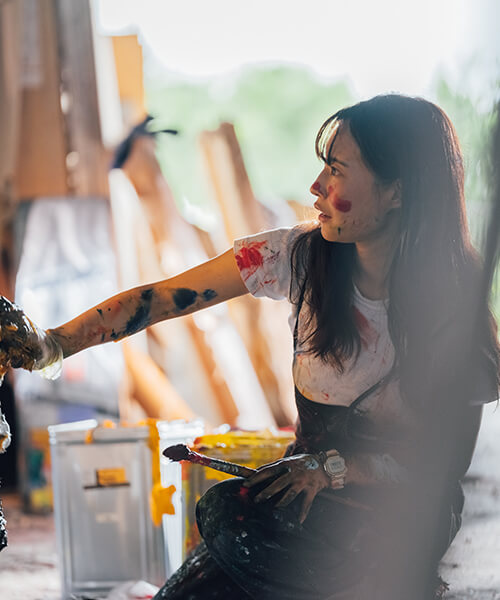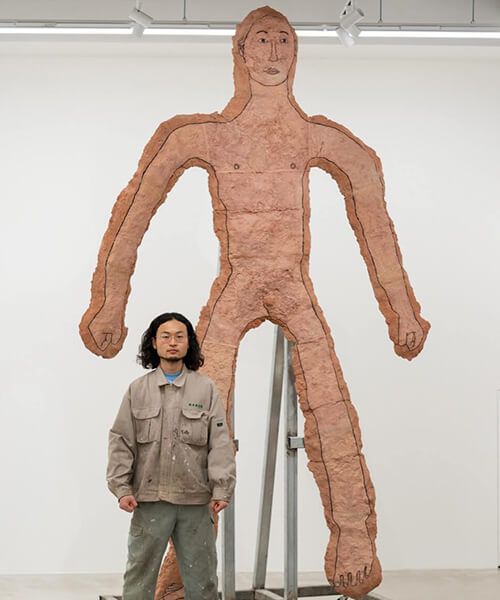EXHIBITIONS

AUN
Tokyo International Gallery will launch “AUN” on June 11. AUN is an ongoing project that rethinks the “exhibition” through the flat collaboration of players.
Today, exhibitions are created by a variety of players. Artists, gallerists, critics, archivists, designers, curators, collectors, researchers, and audiences. And whether or not each player is conscious of this connection, the exhibition exists because of his or her role. AUN begins with an awareness of the connections among these players.
AUN begins with the Tokyo International Gallery (TIG), which is a gallery, of course, that regularly holds exhibitions and serves as a transit point for artists and their works. The word “gallery” originally refers to a corridor outside the building, a place open to the outside world where people come and go, and where circulation is open to the public.
“AUN” presents an open corridor at the start of the exhibition, and closes after creating a connection between players. And from that connection, a new “AUN” will begin.
―Artist Statement―
L-shaped Blonde Hair and Excavated Human
This exhibition is a two-person show of a painter and a sculptor who create works based on the human image.
Nanae Mitobe uses a large amount of paint on canvas as a support to compose her paintings. The series on view in this exhibition pays homage to “TIME” magazine. In these paintings, she recreates the world-famous people who adorn the cover of the magazine, including politicians such as Trump and Vladimir Putin, athletes, singers, and others who are active in various media and are making a splash in the world – people we already have an image of, but Mitobe reconstructs them as paintings.
For this exhibition, Yuto Nemoto will present a huge human figure measuring 3 meters in height. The figure, titled “Excavated Human,” is made by digging in the soil of Nemoto’s garden, molding the excavations into a clay mold, and then standing the clay vertically. In contrast to Mitobe, the motif is not a famous person, but a “nobody,” so to speak. Nemoto creates his works from such fundamental images of human beings.
The thickly painted cover of “TIME” destroys the image we have of the celebrity depicted and reconstructs a new image. On the other hand, the huge, upright “nobody” is, in other words, a “person who could be anyone,” taking on the image of pre-human and post-human humanity.
By viewing the two artists’ works together, a certain image of a person emerges and the image repeats itself. It is neither a simple individual nor a universal concept of humanity. The “human image” of the two artists with their different production methods – it is not a single person with characteristic blond hair in an L-shape, nor a huge clay figure excavated in a garden, but perhaps it is a portrait of us living in the present age. It may be a portrait of us living in the modern age.

「Work in progress at Nanae MITOBE’s studio」

「Work in progress at Nanae MITOBE’s studio」
ARTIST PROFILE

NANAE MITOBE
After graduating from Nagoya Zokei University in 2011, Mitobe has been based in Chiba, Japan, Attend Tokyo University of the Arts,Master of oil painting in 2021.
where she has been working as an artist. Mitobe has been painting iconic figures such as Michael Jackson for some time, but a residency in the United States in 2014 led to the release of her “DEPTH” series, and in her solo exhibition at the Aichi Prefectural Museum of Art in 2016, she exhibited a nearly four meter long work in the center of the exhibition hall. In each case, she pursues the essence of painting through the theme of the face.

YUTO NEMOTO
Born in Choshi City, Chiba, 1992.
He creates sculptures using ceramic as his main material. In recent years, he produces human figures based on various images, and his output is diverse ranging from a stick man to an old man buried in feces. His images are prompted by drawings, dreams, and the daily developments of prejudice and realizations. At TIG, he will exhibit a giant human figure over 3 meters high. A human-shaped hole dug in a garden will be made into a three-dimensional figure, and the figure will stand firm vertically. The standing figure will be a new breed of human excavated from the earth. His major exhibitions include Nothing At All at TokenArtCenter (2021), PERFECT OFFICE at AOYAMA STUDIO164 (2020). He was selected for Gunma Youth Biennale (2021), won the Grand Prize for CAF Award (2018) and the Nihon University College of Art Dean's Award (2015).
Public Collection: Permanent Installation of Dr. Yuto Nemoto's Statue in Daibetsu Iyashi no Mori Park, Fuefuki-shi, Yamanashi, Japan (2015).
OVERVIEW
- TITLE
- AUN
- DATE
- June 11 - July 23, 2022
- Opening Hours
- 12:00-18:00
- CLOSED
- Sun, Mon, and Public Holidays
- Opening Reception
June 11 18:00-20:00
- ADDRESS
Tokyo International Gallery
TERRADA Art Complex II 2F, 1-32-8 Higashi-Shinagawa, Shinagawa-ku, Tokyo, 140-0002 Japan- ACCESS
- 8 minutes’ walk from Tokyo Waterfront Area Rapid Transit Rinkai Line “Tennoz Isle Station”, 10 minutes’ walk from Tokyo Monorail Haneda Airport Line “Tennoz Isle Station”, 8 minutes’ walk from Keikyu Main Line “Shinbanba Station”
